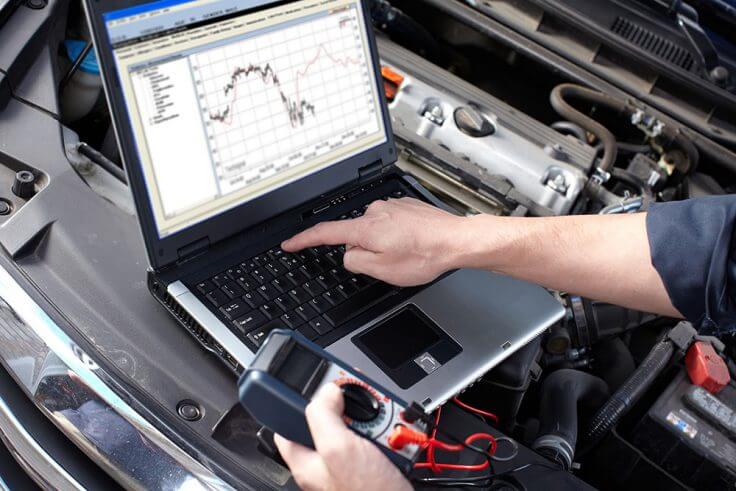EMISSION REPAIR AND SERVICE
Sometimes there’s nothing more stressful than having to take your car in for emissions testing…unless it’s failing your emissions test and having to seek out emissions repair.
There are several components involved in the emissions systems of your vehicle. The primary systems are the fuel and exhaust systems. As you can imagine, the government has placed many regulations on what is permitted to “emit” from our vehicles and there is a myriad of sensors and devices that help vehicle meet EPA regulations.
Here is a short list of some common parts within the emission system:
- Fuel Tank, Lines, Connectors and Caps – Any air, or other leaks, in this entire system will cause your check engine light to set with an emissions code.
- PCV – Prevents un-combusted gases from leaking from the engine crank case.
- EVAP (Charcoal Canisters and Lines) – Prevents vapors from leaving the fuel system.
- ECM (Engine Control Module)- Controls ignition, timing and other parameters concerning the efficient burning of fuel (lower emissions output).
- Exhaust System- Known to “route” exhaust from the engine rearward but also plays a vital role in ensuring unspent fuel is eliminated.
- Oxygen Sensors – Test for unburnt fuel/gases in the exhaust system
- Catalytic Converter(s) – Changes harmful elements in the exhaust system into safe gases before emitting them into the atmosphere

These are some of the most complex systems in your vehicle. As you may know, competent repair facilities have computer diagnostic and testing machines that aid in solving component failure. These systems only assist the technician to get to the problem. Its like mailing a letter to a zip code… your letter will get close but probably not to the house you intended.
Here is a short list of tools that a quality technician will use to aid in solving an emissions problem:
- Diagnostic Scan Tool (preferably made and supported by the manufacturer of the vehicle you are working on) – Used to retrieve failure codes and lead technicians to systems that need further testing.
- Digital Testing Meter (OHMs, Volts, Resistance, Current) – Used to test components and wiring.
- Smoke Machine – used to help locate leaks in fuel and fuel vapor return systems.
- Oscilloscope – Used to test electrical waveforms of components and electrical parts that have either failed, about to fail or have a intermittent problems.
- Repair / Diagnostic Software – Used to provide electrical diagrams, system testing flow charts, and provide component location.
- Common Failure Collaboration Software – Used as a collaboration tool for technicians that share commonly known failures and repair procedures for a variety of vehicles.
The technician takes information gathered from these sources and through a process of testing, can narrow down the issue. A more seasoned, highly trained technician will be more efficient in this process and will save you time and in the end, your money. To read more about our technical ability, visit our Car Diagnostics page.

When your fuel or exhaust system needs some TLC, our auto repair shop is standing by with ASE certified, highly skilled technicians specializing in emissions repair. It’s not always as expensive as it might seem. You can trust us to give you a free inspection and make recommendations for only what you truly need.
If you’re experiencing a challenge with a failed emissions test or other fuel and exhaust issues, use the appointment request form below or call us for an inspection today.